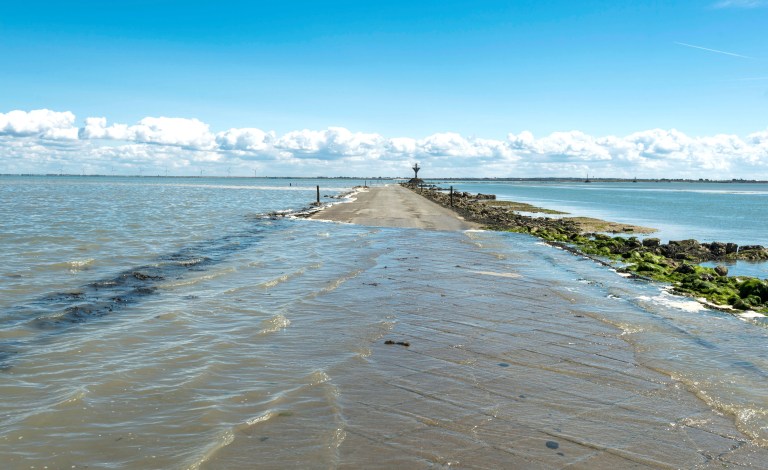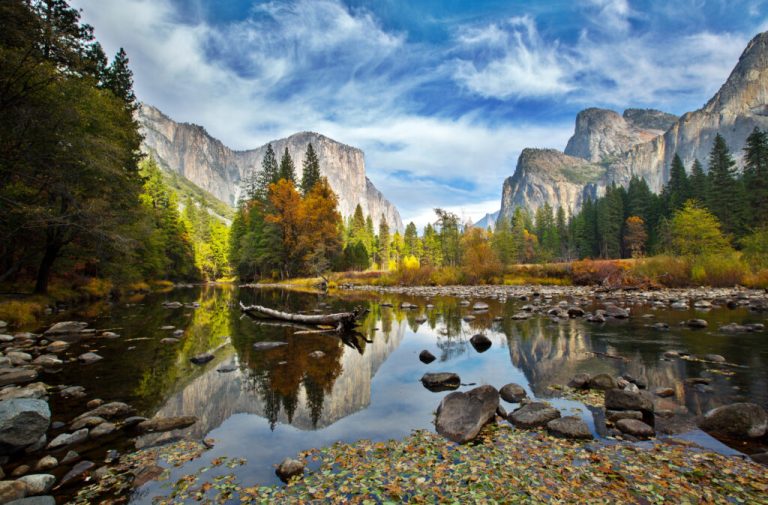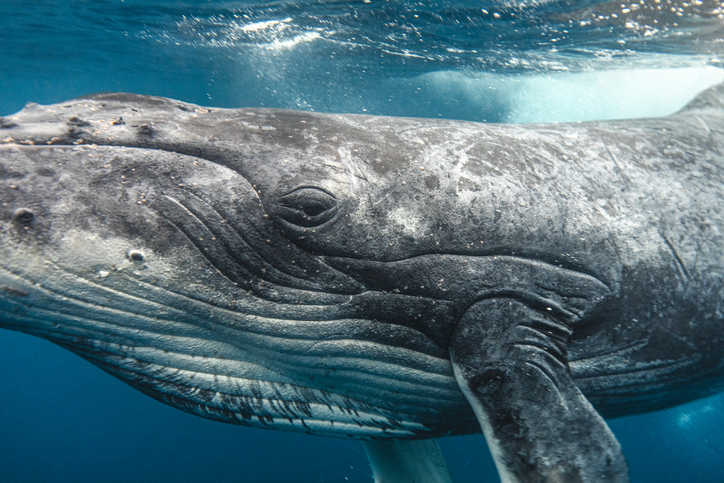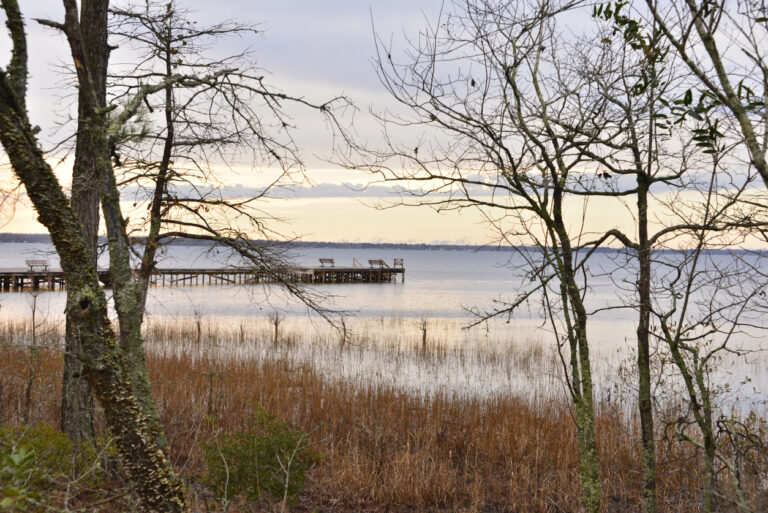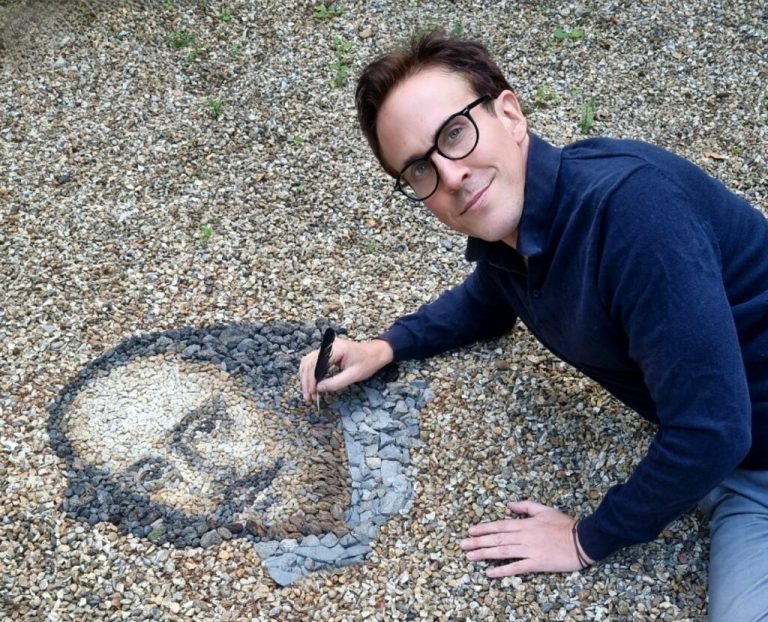The overall winner of the international Astronomy Photographer of the Year contest was announced yesterday, with the title going to Ryan Imperio for his sci-fi-esque shot, “Distorted Shadows of the Moon’s Surface Created by an Annular Eclipse.”
Taken in Odessa, Texas, during the 2023 annular eclipse, the image (above) captures Baily’s beads, which are formed when sunlight peaks through valleys and craters on the moon’s surface and breaks up an eclipse’s recognizable ring pattern. They are only visible when the moon enters or exits an eclipse, making them particularly tricky to photograph.
“The images selected each year are absolutely astonishing and I am both thrilled and honored to have my photo among them,” United States-based Imperio said in a statement. “I had hoped my image would be shared in some way but never expected to be selected as a winner, let alone overall winner!”

Skyscapes category winner, “Tasman Gems” by Tom Rae
Open to contestants of all skill levels, the annual contest is run by the Royal Observatory Greenwich in London and showcases the “best space photography from a global community of astrophotographers,” per its website. There were over 3,500 entries from 58 countries this year vying to win 11 categories.
“This is an impressive dissection of the fleeting few seconds during the visibility of the Baily’s beads,” said judge and meteorologist Kerry-Ann Lecky Hepburn of Imperio’s shot. “This image left me captivated and amazed. It’s exceptional work deserving of high recognition.”
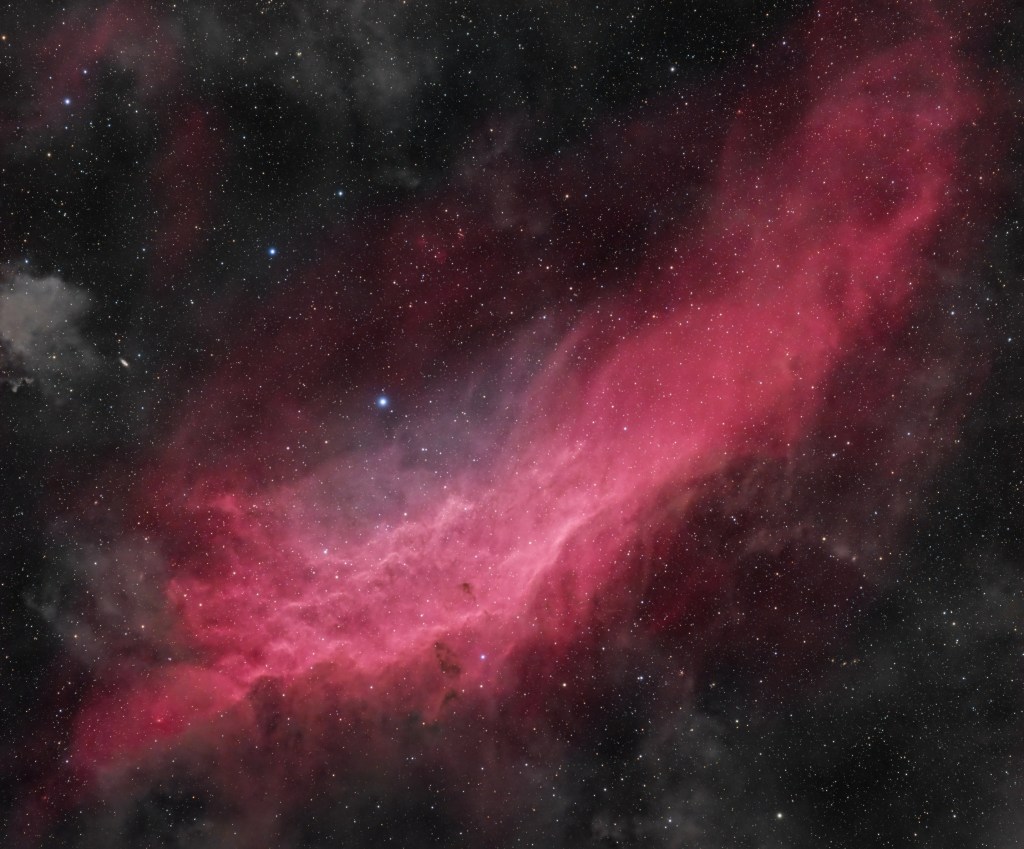
Among the categories is Young Astronomy Photographer of the Year, with 14-year-old Daniele Borsari of Italy winning the award for his shot of the California Nebula in the constellation of Perseus about 1,000 light-years from Earth.
“It demonstrated the future of astronomy photography being fearlessly, and openly, taken forward by a new generation,” said judge and artist Neal White. The two youngest photographers to be honored were Benjamin and Joshua Lawler, ages 8 and 10, respectively.
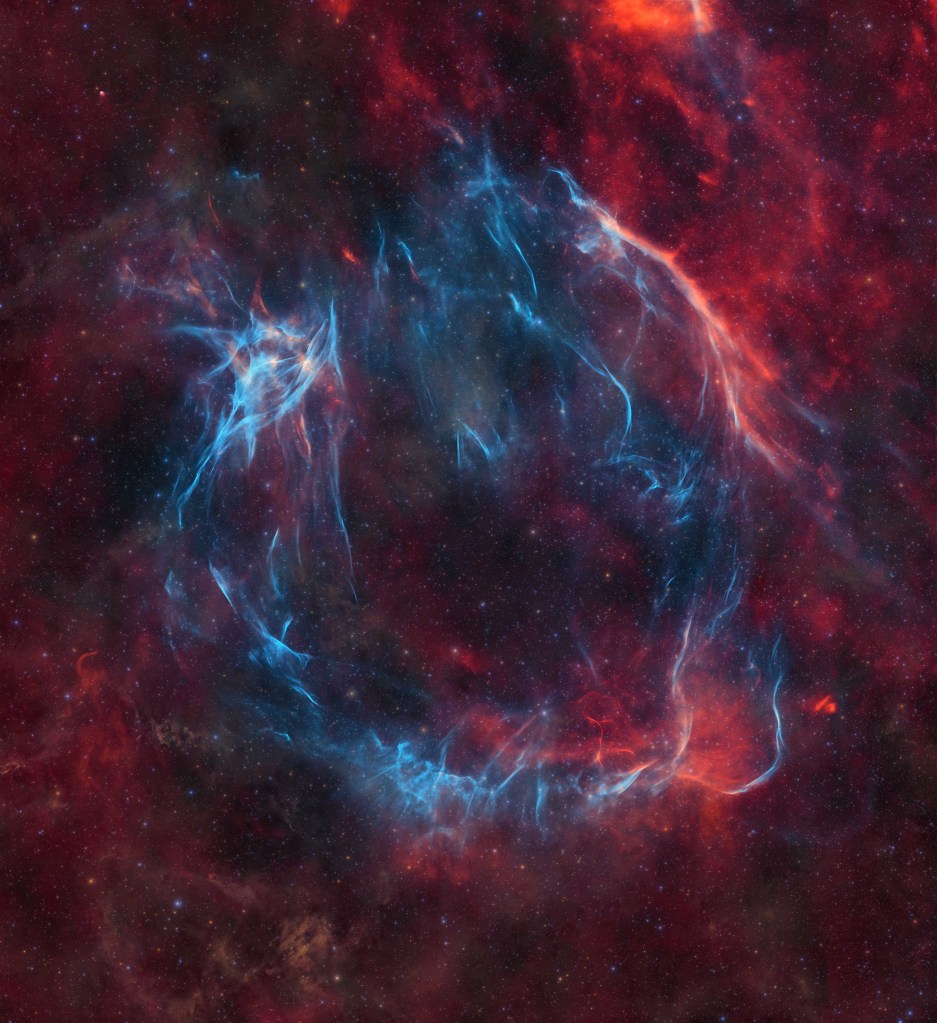
Another notable entry and judges’ favorite is more than just exciting to look at: Captured by an international team of amateur photographers, the image shows a previously unknown gigantic supernova remnant in the center of the constellation Cassiopeia.
All winning images will be on display at the National Maritime Museum in an accompanying exhibition starting Sept. 13.
Our Sun
Winner (and Overall Winner)
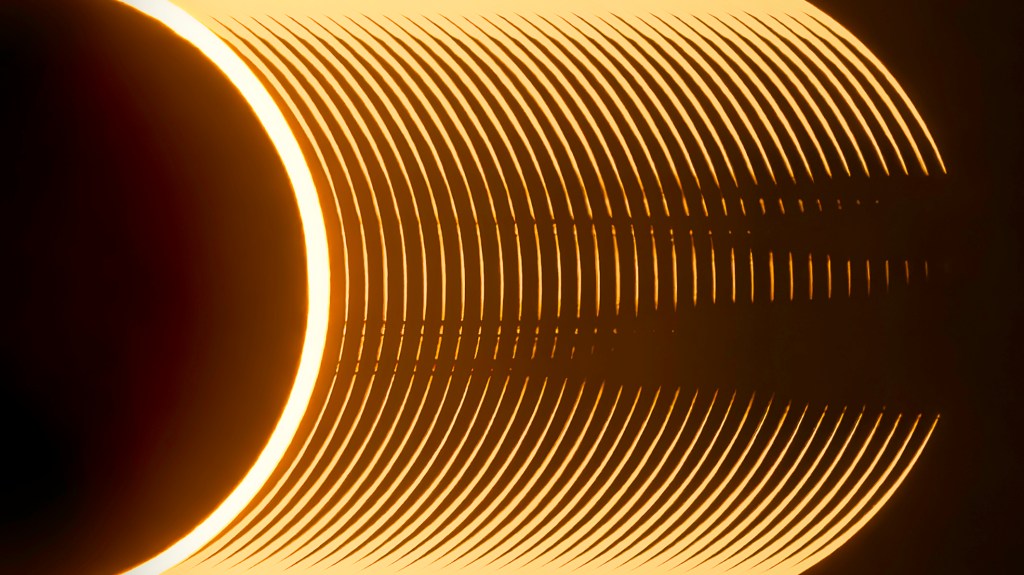
Runner Up
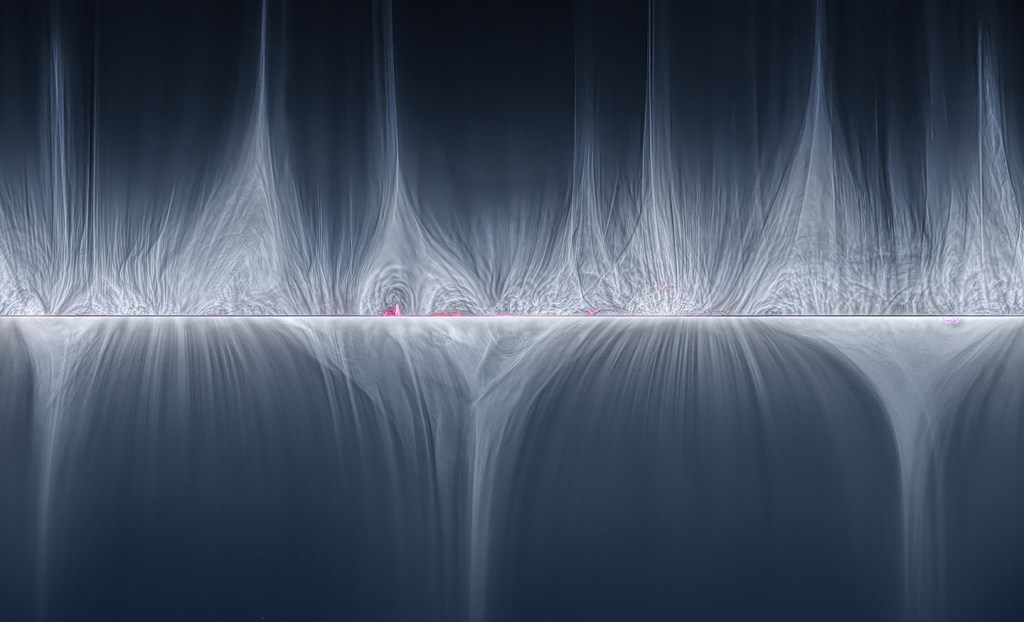
Highly Commended
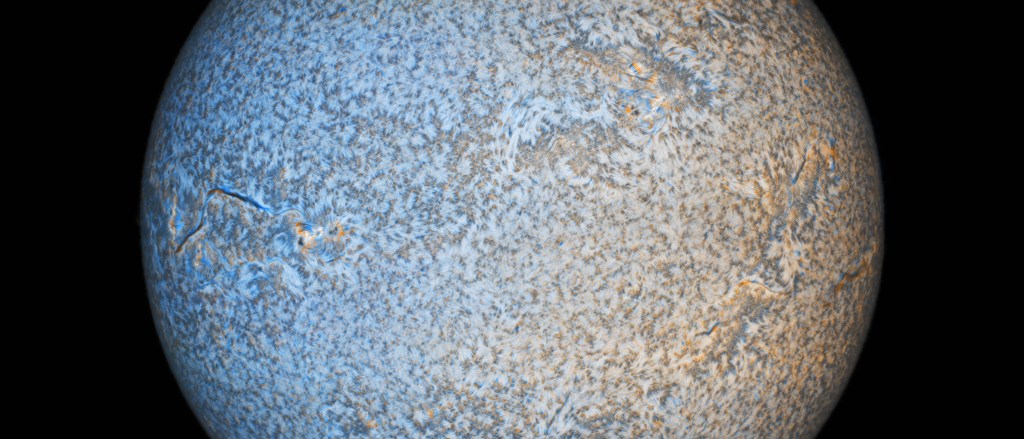
Galaxies
Winner
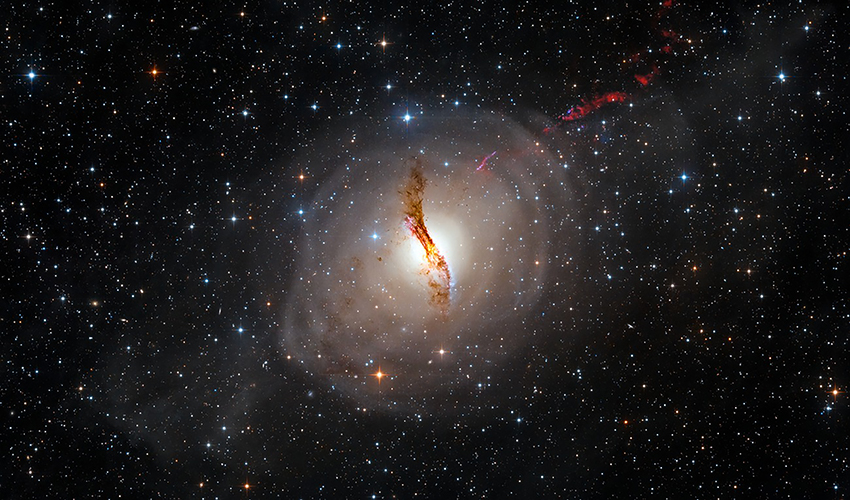
Runner Up
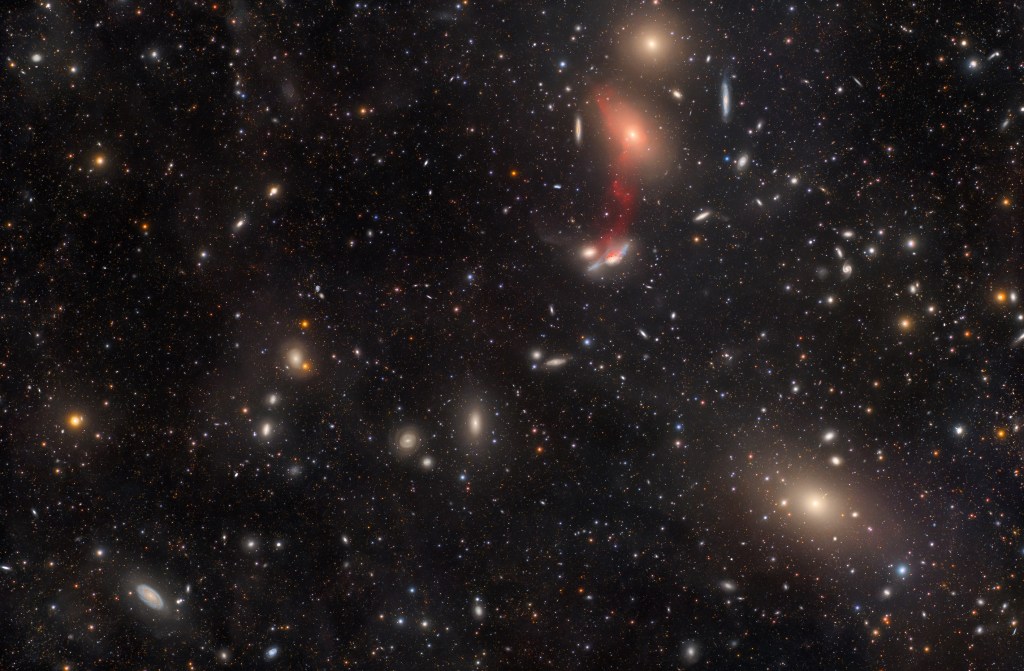
Highly Commended
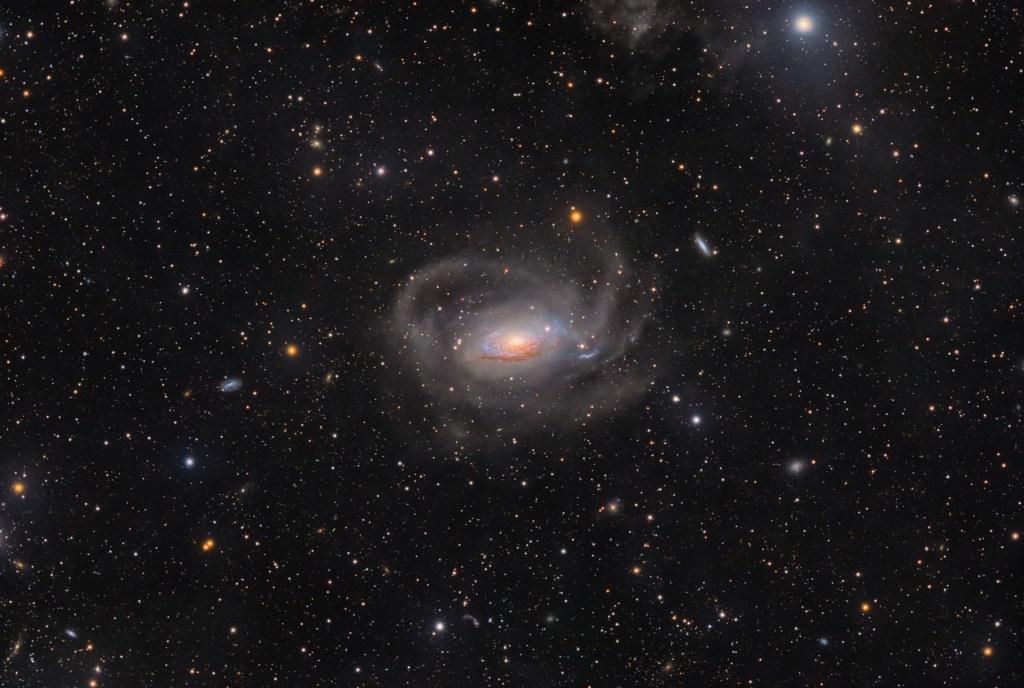
Aurorae
Winner

Runner Up
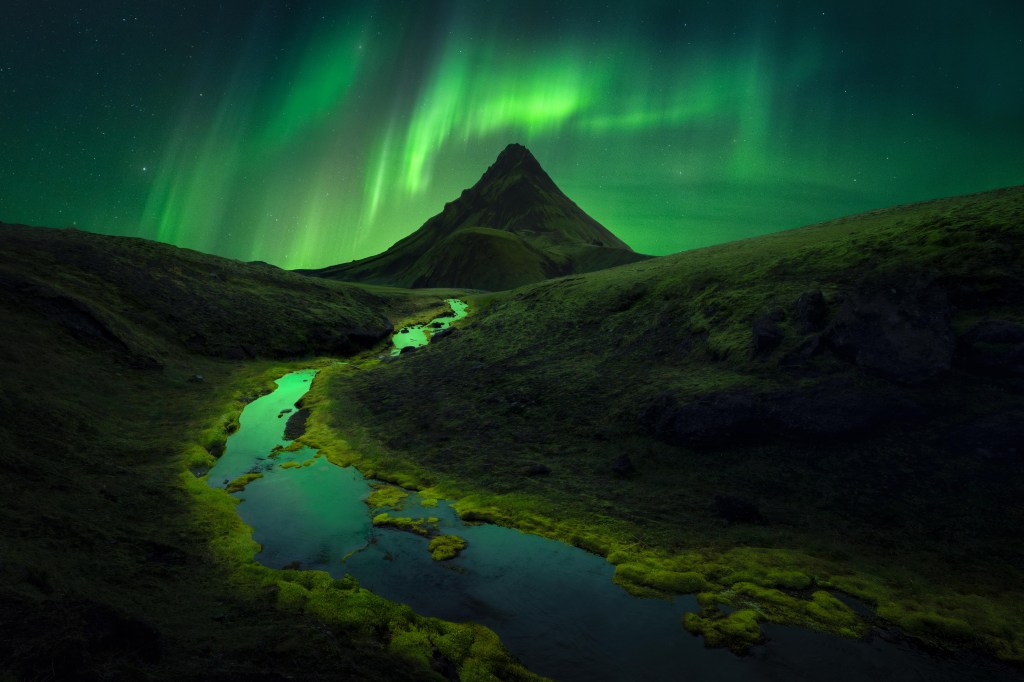
Highly Commended
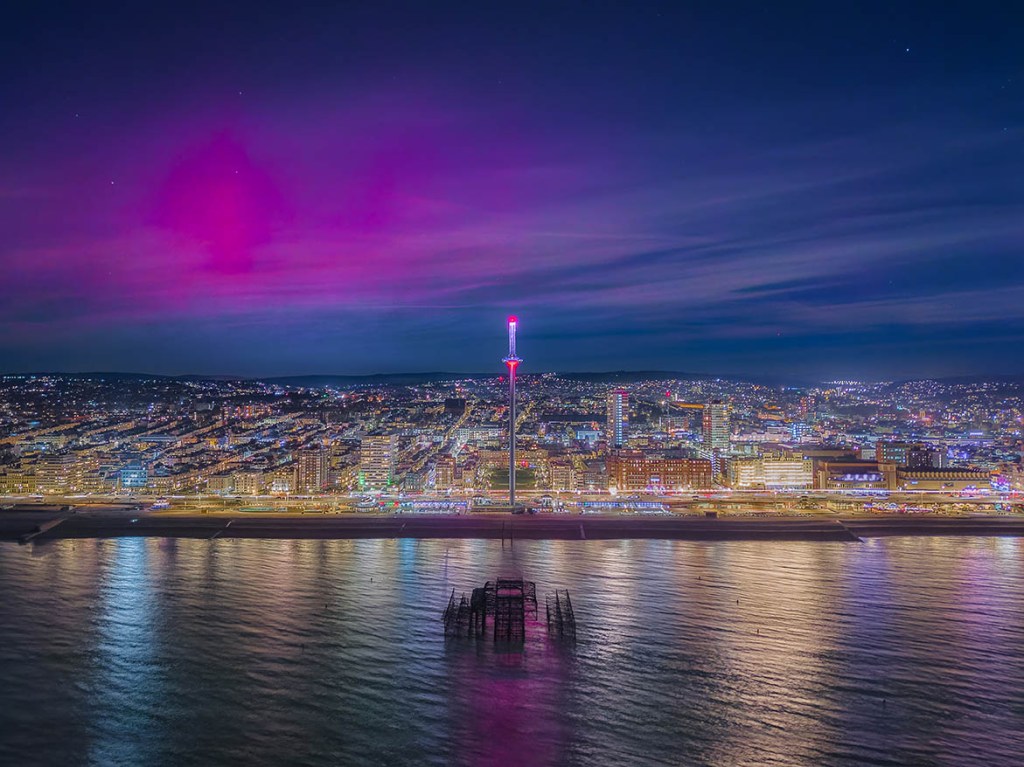
Our Moon
Winner
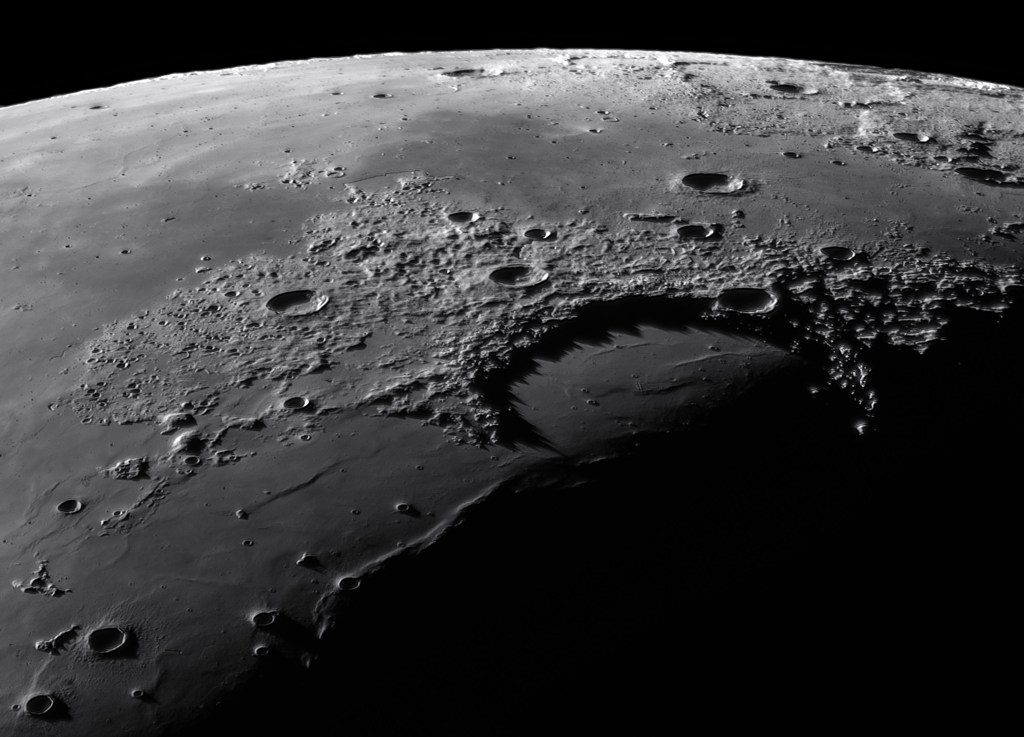
Runner Up

Highly Commended
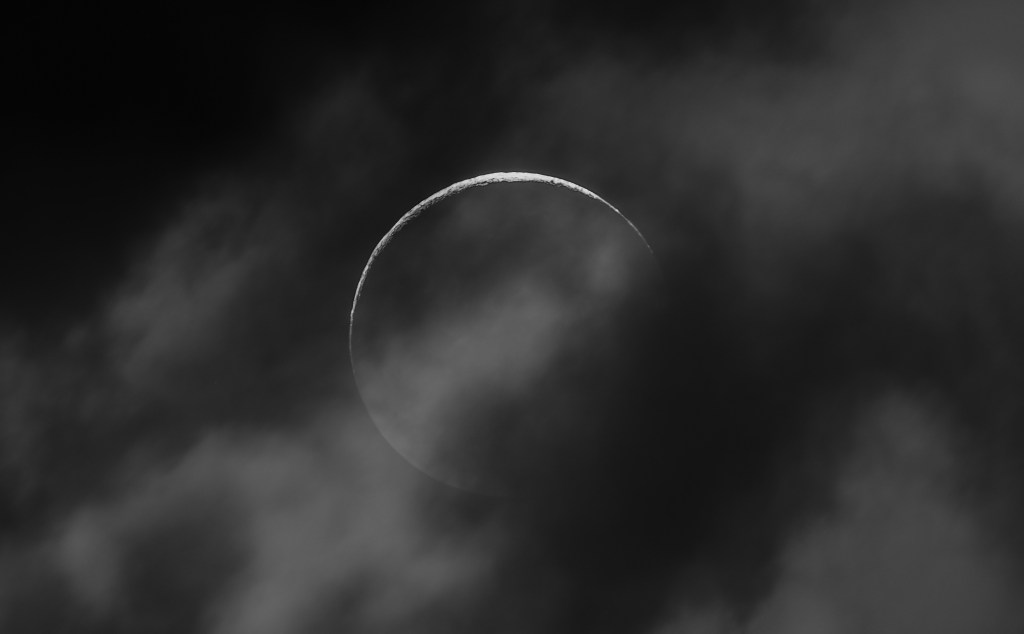
People and Space
Winner
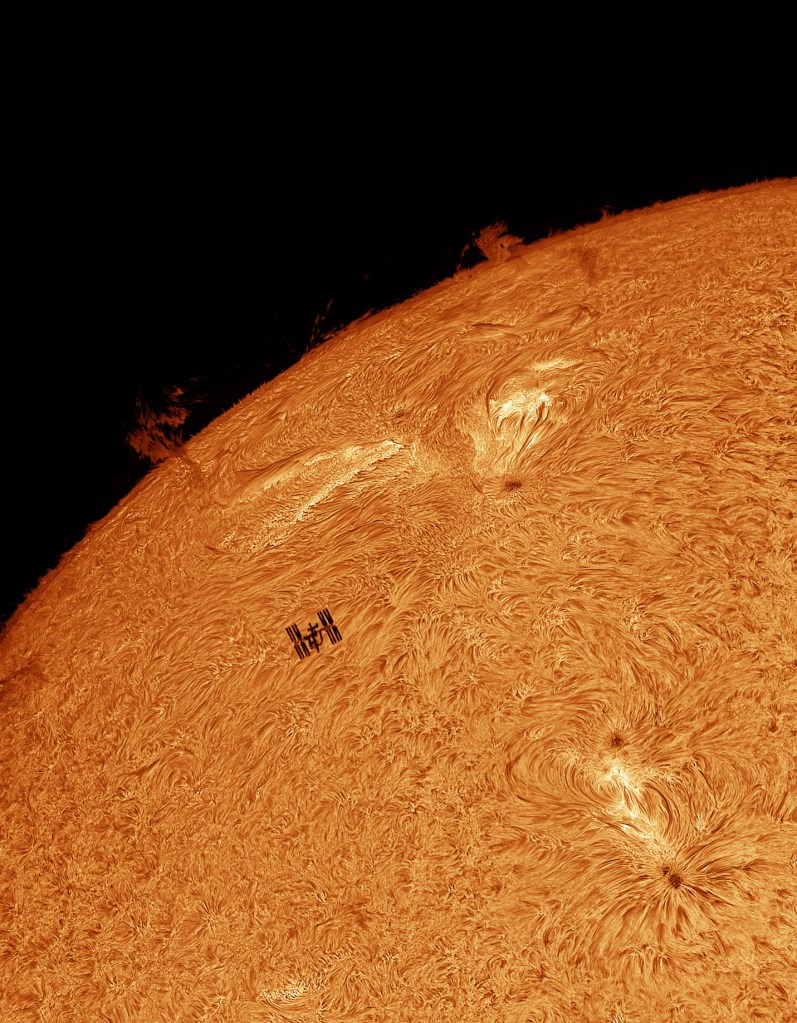
Runner Up
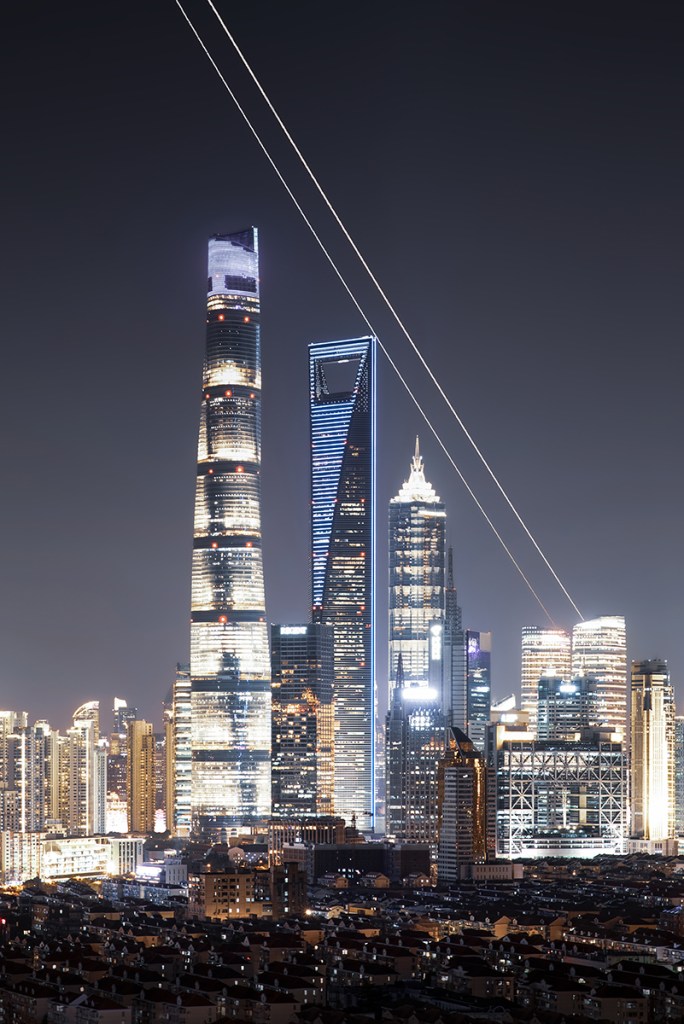
Highly Commended
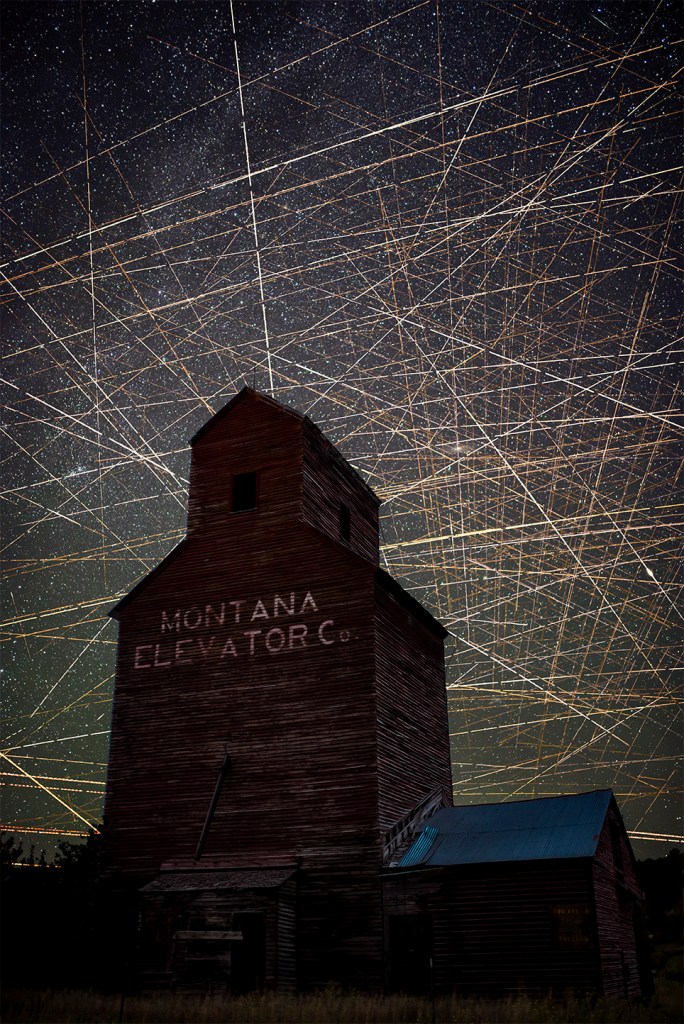
Planets, Comets, and Asteroids
Winner
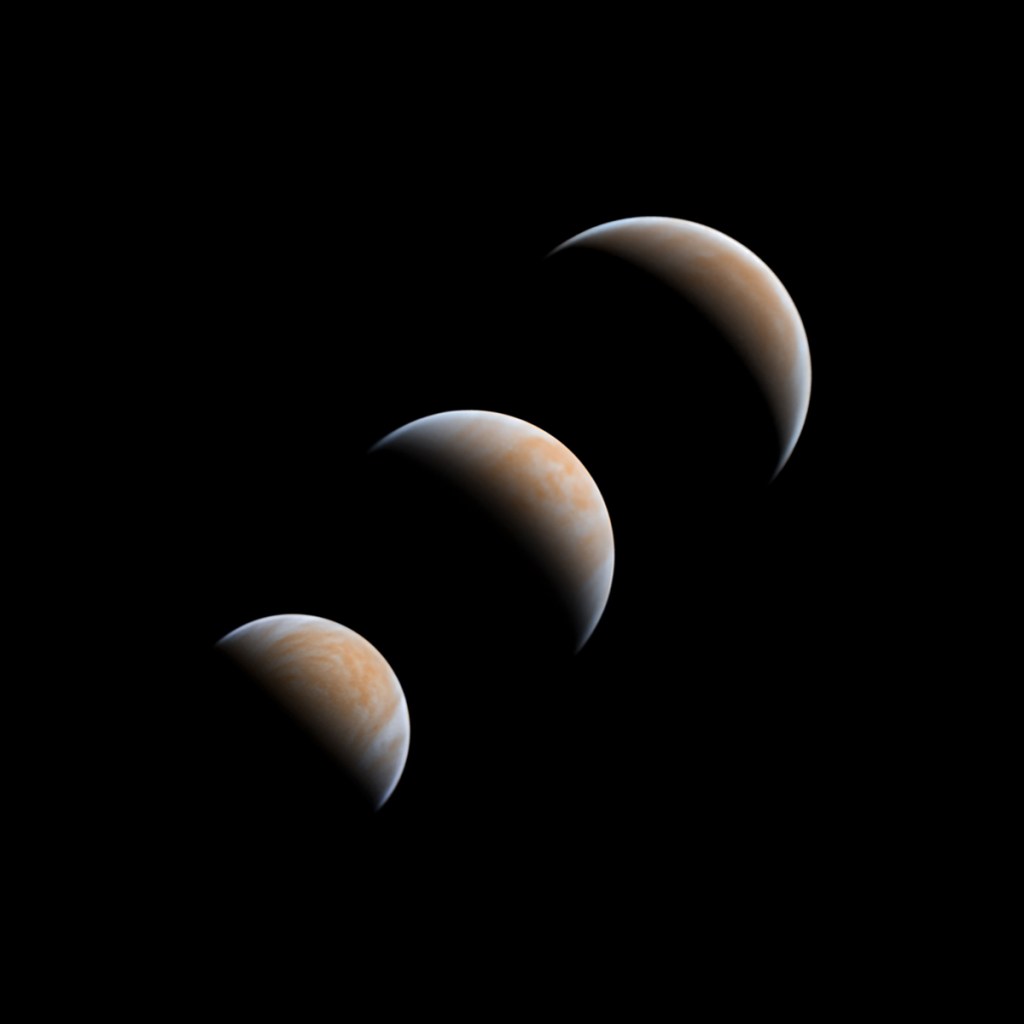
Runner Up
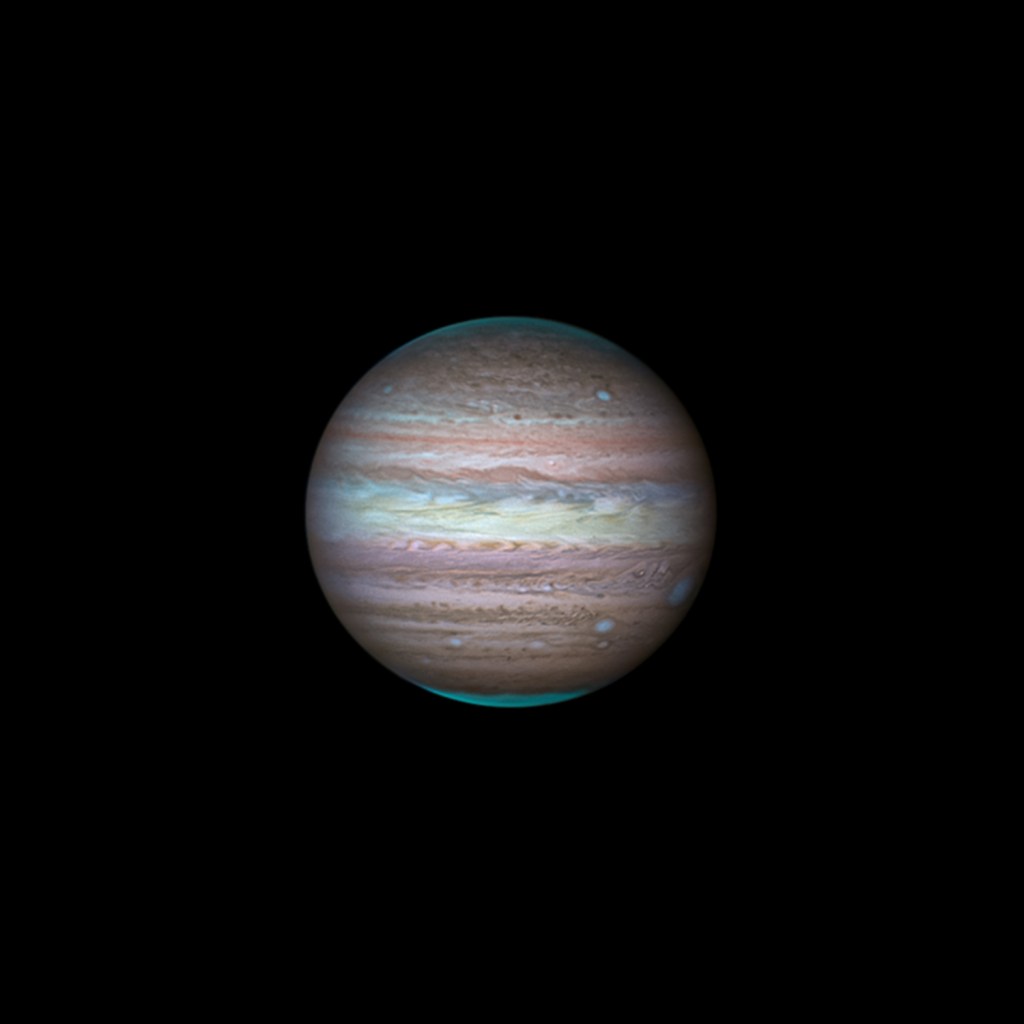
Highly Commended
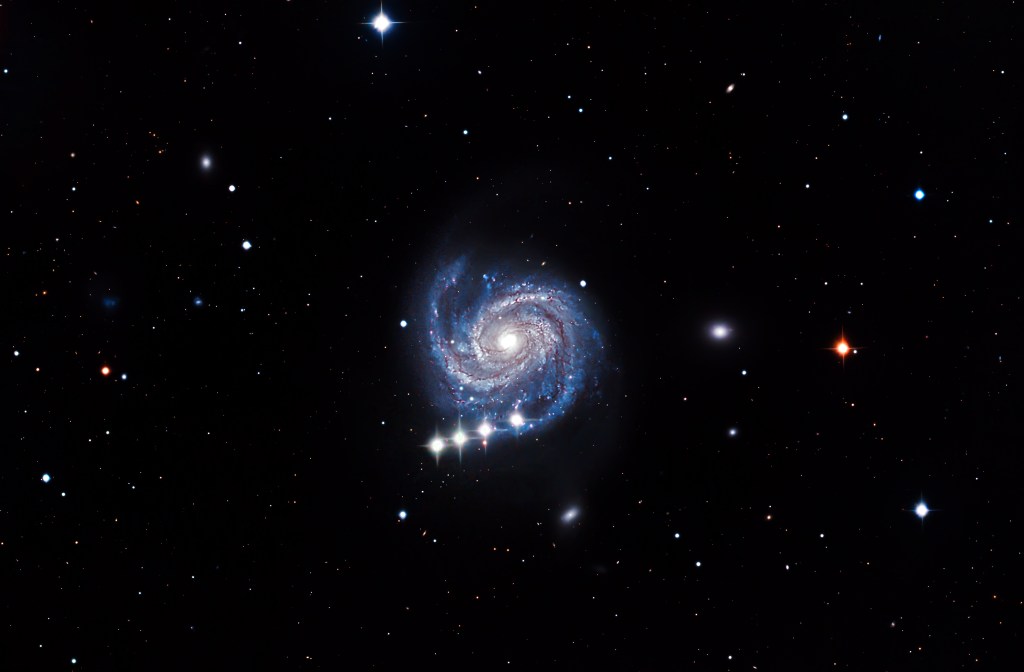
Skyscapes
Winner

Runner Up
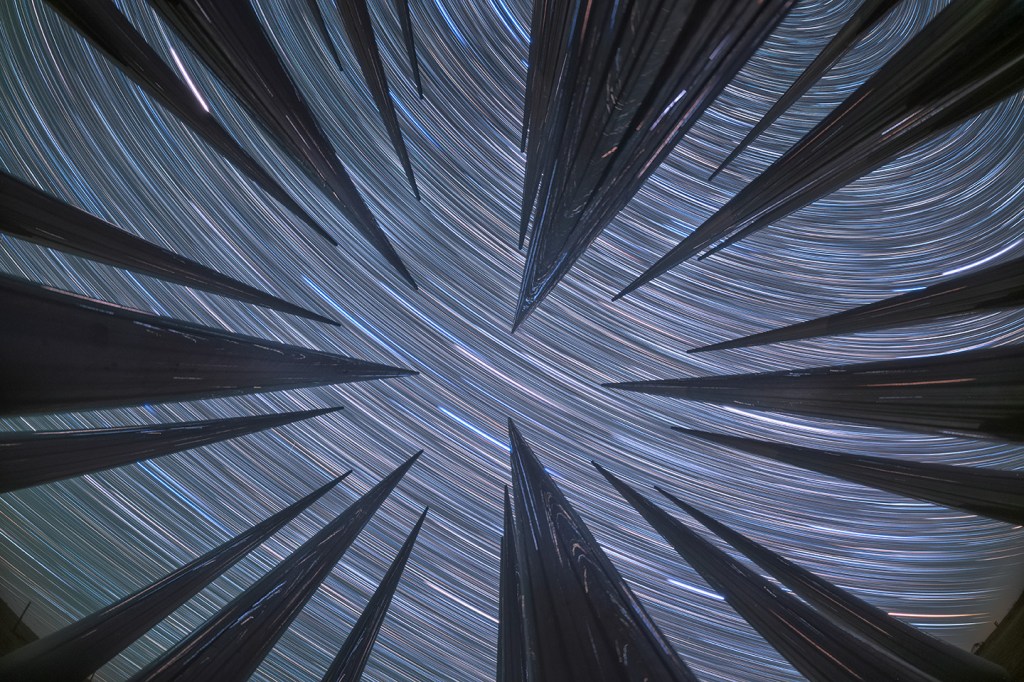
Highly Commended
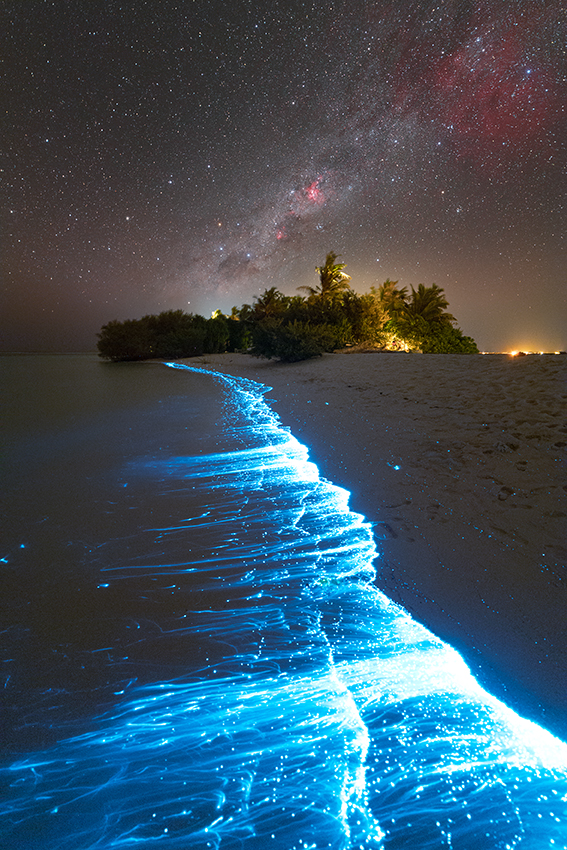
Stars and Nebulae
Winner

Runner Up
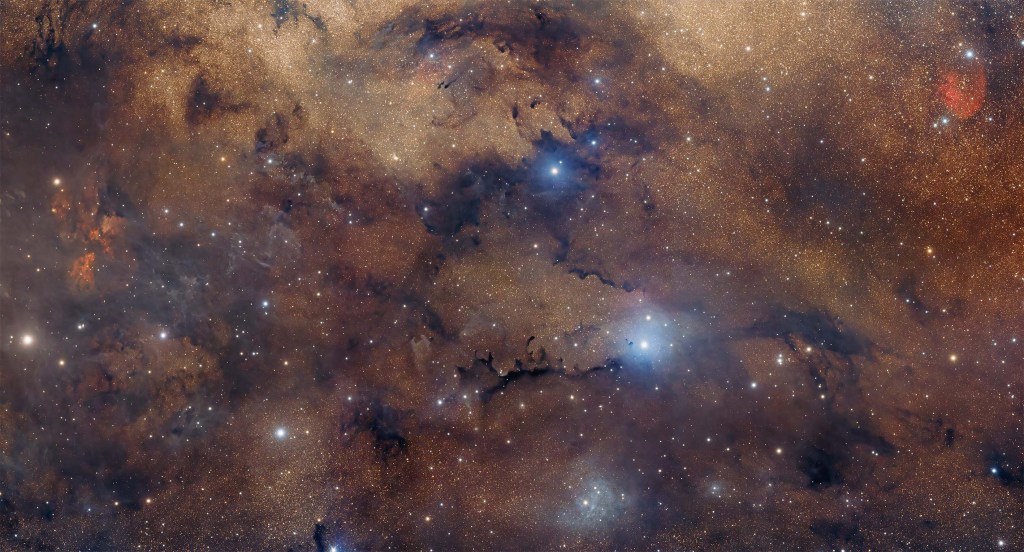
Highly Commended
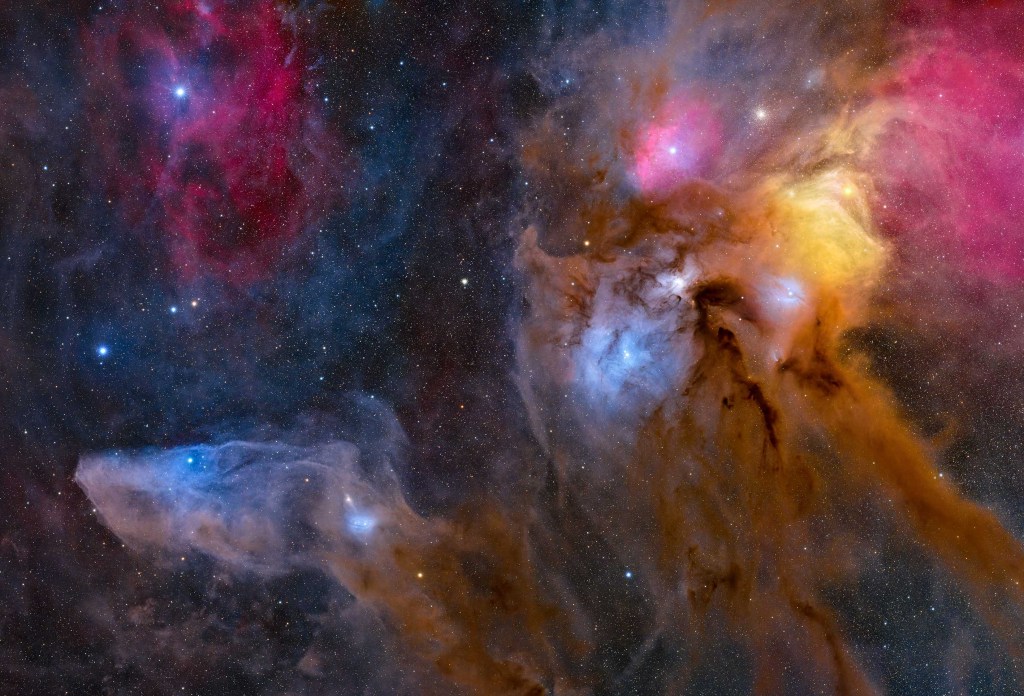
The Sir Patrick Moore Prize for Best Newcomer
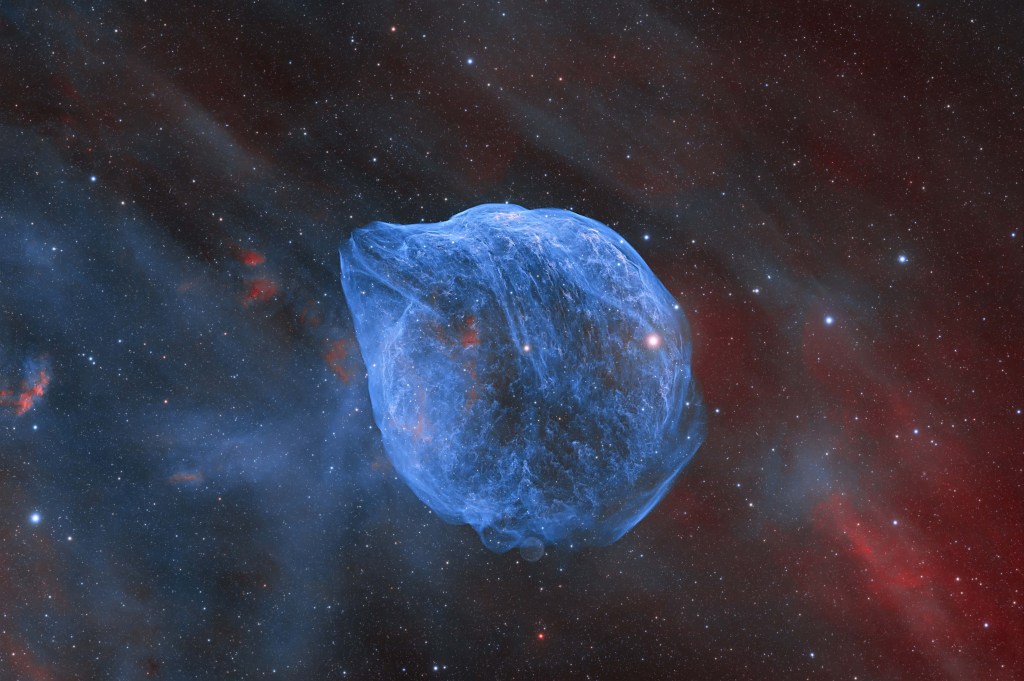
Young Astronomy Photographer of the Year
Winner

Runner Up
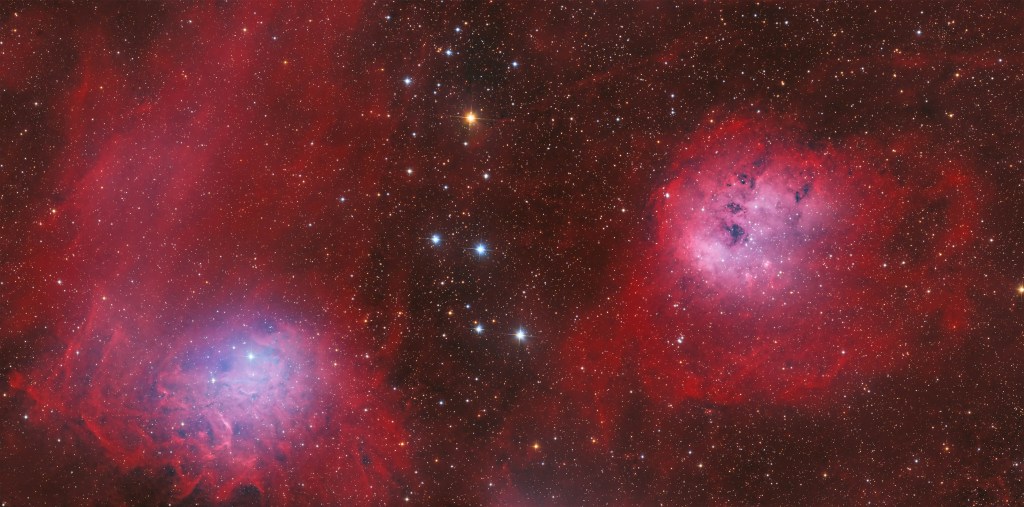
Highly Commended
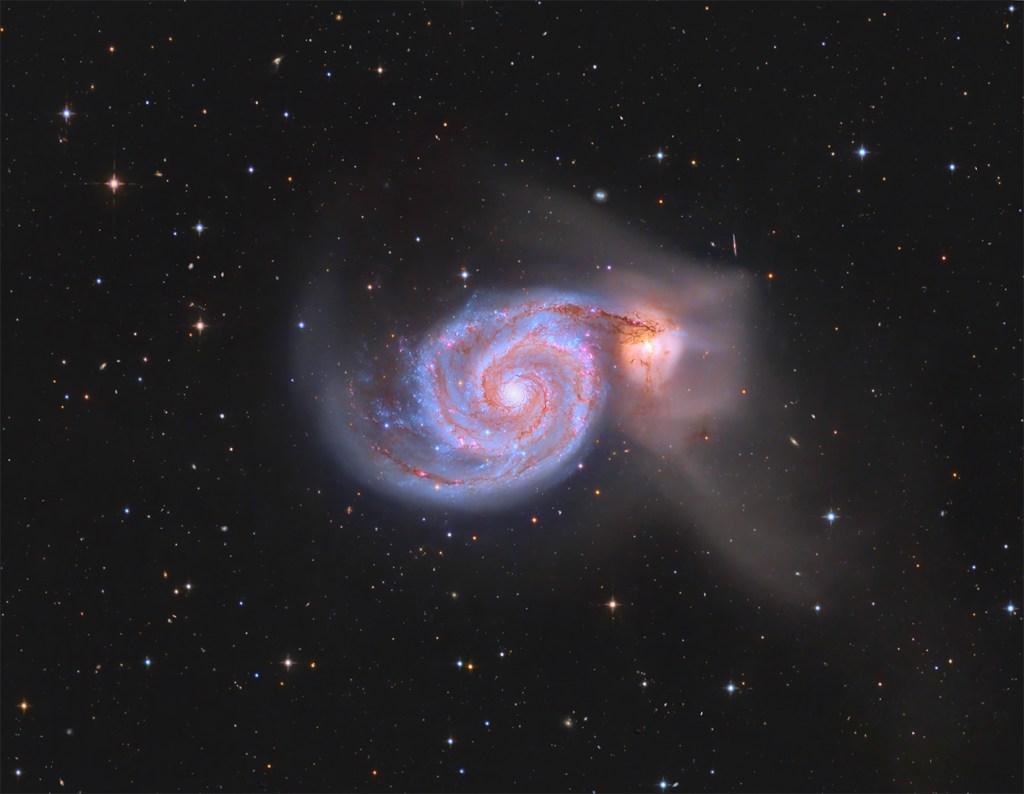
Highly Commended
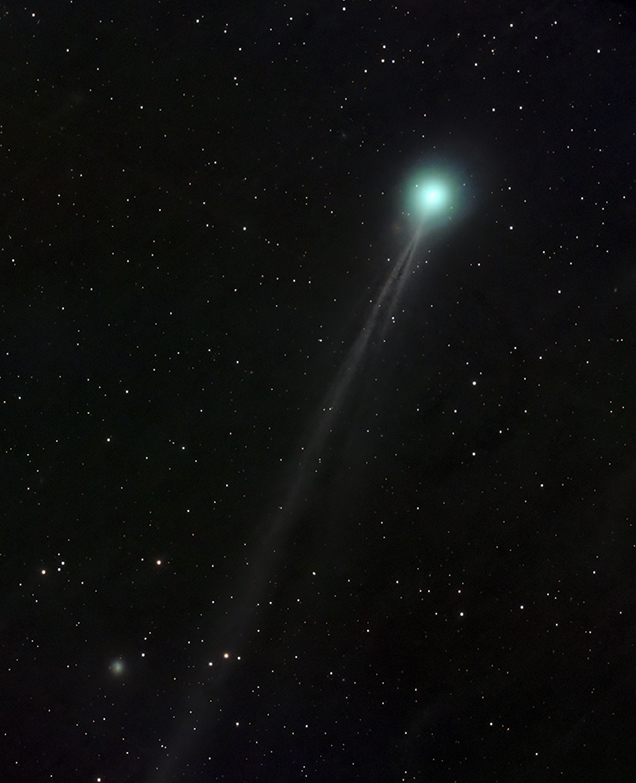
Highly Commended
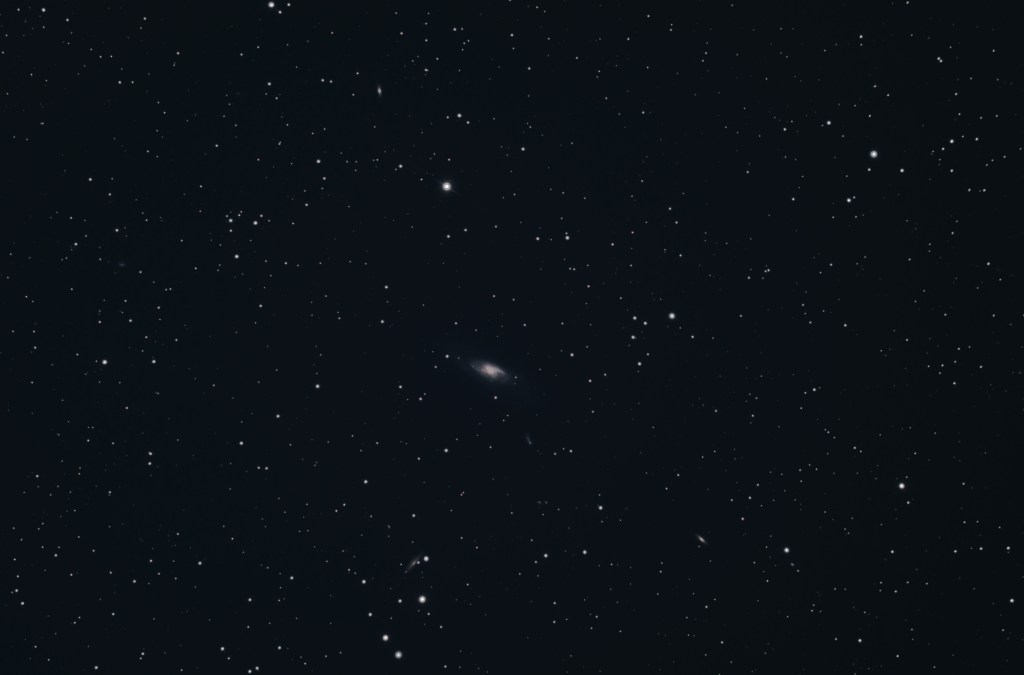
The Annie Maunder Prize for Image Innovation
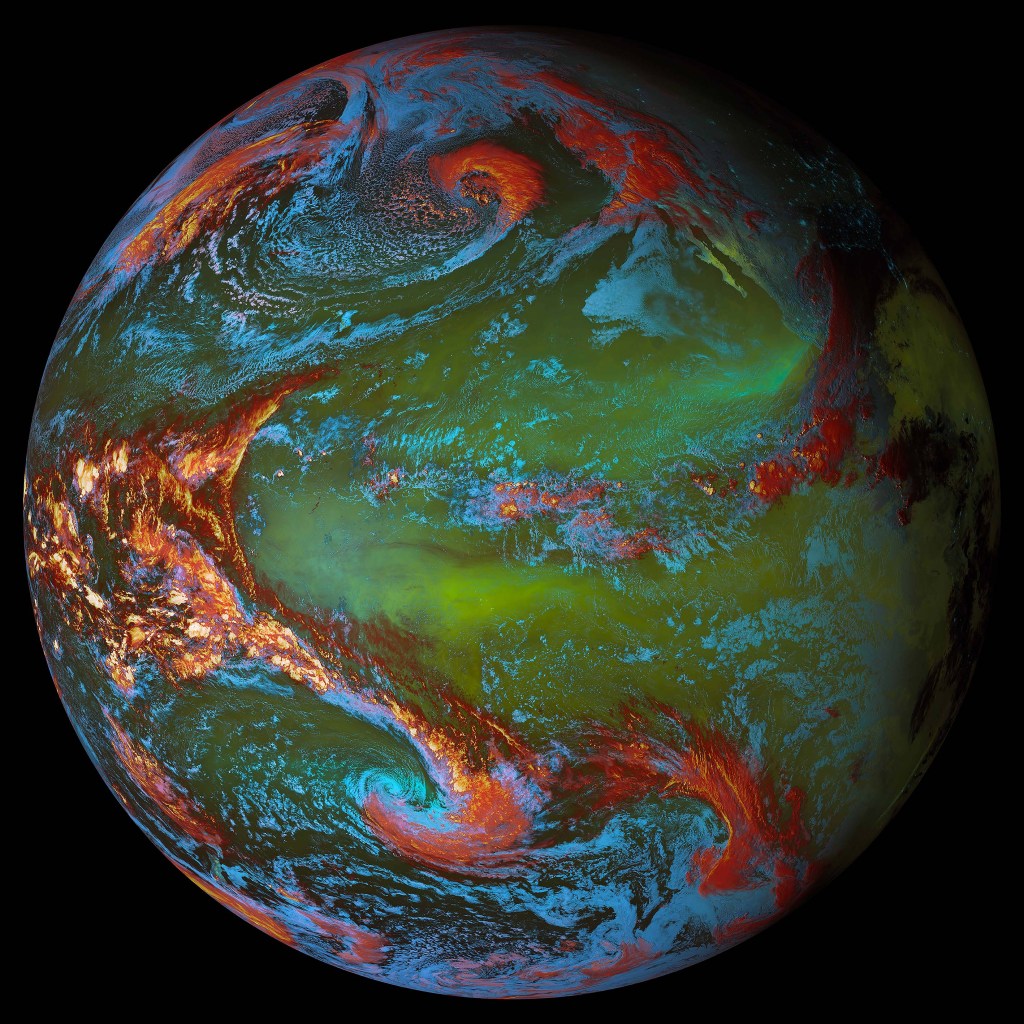
RELATED: Earth’s Most Powerful Solar Telescope Captures Sun in “Unprecedented Detail”

